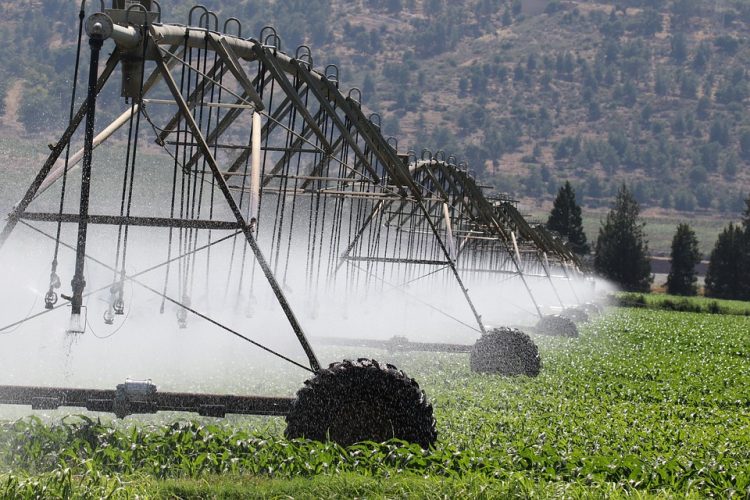Shaping a Sustainable Future: The Essential Guide to Climate Change Policies
In today’s world, the issue of climate change has become a pressing concern for governments, businesses, and individuals alike. With rising global temperatures, melting ice caps, and extreme weather events becoming more frequent, it is clear that urgent action is needed to address this crisis. In this article, we will explore the essential guide to climate change policies and how they can help shape a sustainable future for our planet.
The Science Behind Climate Change
Before delving into climate change policies, it is important to understand the science behind this phenomenon. Climate change is primarily driven by the increase in greenhouse gases, such as carbon dioxide, in the Earth’s atmosphere. These gases trap heat from the sun, leading to a warming of the planet. The burning of fossil fuels, deforestation, and industrial processes are the main sources of these greenhouse gas emissions.
The Importance of Climate Change Policies
Climate change policies are essential in addressing the root causes of global warming and mitigating its impacts. These policies aim to reduce greenhouse gas emissions, promote renewable energy sources, and encourage sustainable practices in various sectors of the economy. By implementing effective climate change policies, countries can transition to a low-carbon economy and reduce their carbon footprint.
The Paris Agreement
One of the most significant international agreements on climate change is the Paris Agreement, which was adopted in 2015 by nearly 200 countries. The goal of the agreement is to limit global warming to well below 2 degrees Celsius above pre-industrial levels and pursue efforts to limit the temperature increase to 1.5 degrees Celsius. Countries that are party to the agreement are required to submit nationally determined contributions (NDCs) outlining their emissions reduction targets and strategies.
Key Climate Change Policies
There are several key climate change policies that can help countries achieve their emissions reduction goals and transition to a low-carbon economy. Some of these policies include:
Carbon Pricing
Carbon pricing is a policy tool that puts a price on carbon emissions, either through a carbon tax or a cap-and-trade system. By putting a price on carbon, companies are incentivized to reduce their emissions and invest in cleaner technologies.
Renewable Energy Incentives
Incentivizing the development and use of renewable energy sources, such as solar, wind, and hydroelectric power, is crucial in reducing greenhouse gas emissions. Governments can provide subsidies, tax credits, and other incentives to promote the adoption of renewable energy technologies.
Energy Efficiency Standards
Implementing energy efficiency standards for buildings, appliances, and vehicles can help reduce energy consumption and emissions. By improving energy efficiency, countries can lower their carbon footprint and save money on energy costs.
Deforestation and Land Use Policies
Deforestation and land use change are major contributors to greenhouse gas emissions. Implementing policies to protect forests, promote reforestation, and sustainable land use practices can help mitigate climate change.
Challenges and Opportunities
While climate change policies are crucial in addressing the climate crisis, there are also challenges that need to be overcome. Some of the challenges include political resistance, economic barriers, and technological limitations. However, there are also opportunities for innovation, job creation, and sustainable development that can arise from implementing climate change policies.
Conclusion
In conclusion, shaping a sustainable future requires bold and ambitious climate change policies that address the root causes of global warming and promote sustainable practices. By implementing key policies such as carbon pricing, renewable energy incentives, energy efficiency standards, and deforestation and land use policies, countries can reduce their carbon footprint and transition to a low-carbon economy. While there are challenges to overcome, the benefits of taking action on climate change far outweigh the costs. It is imperative that governments, businesses, and individuals work together to create a more sustainable future for our planet.





